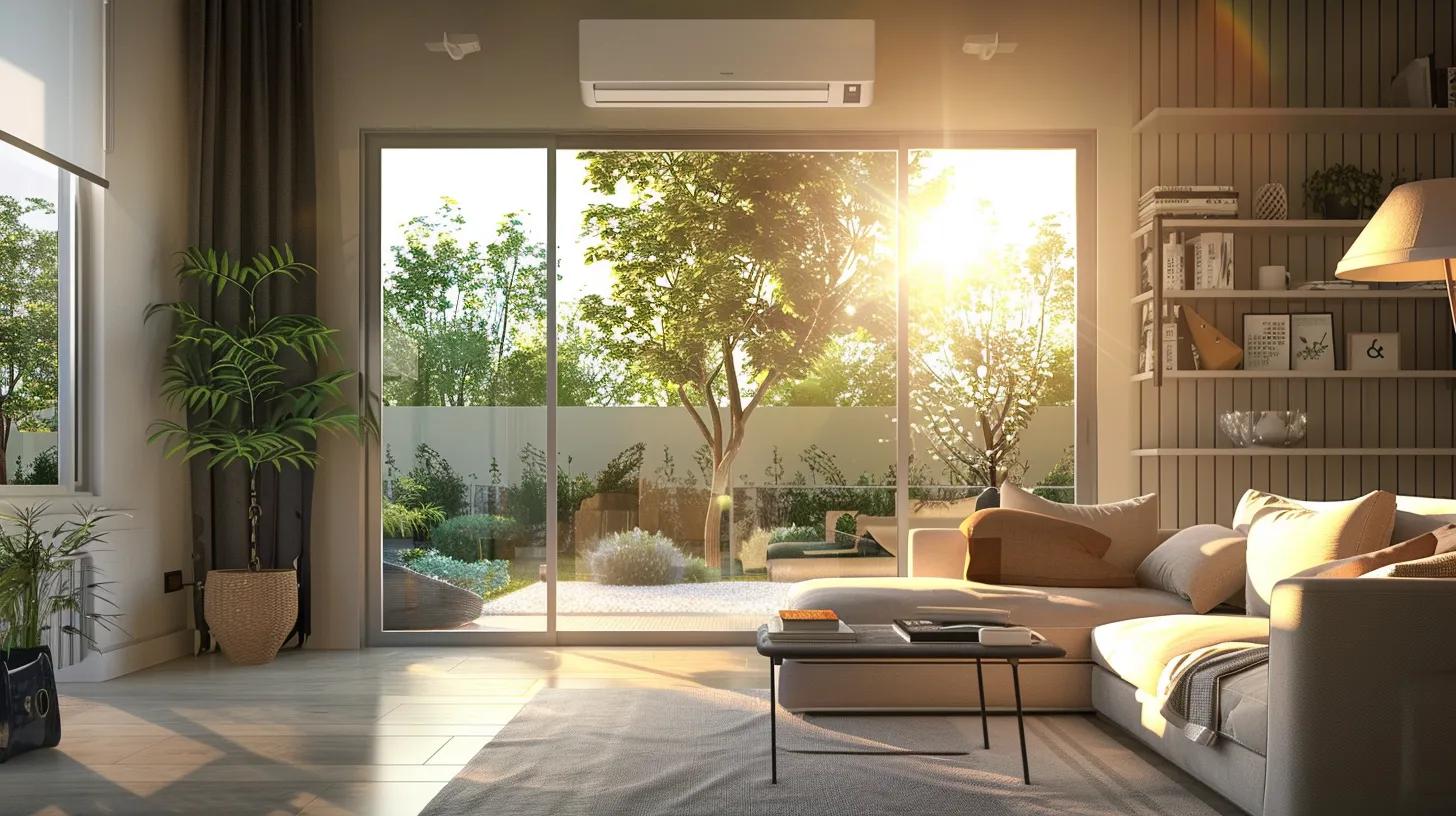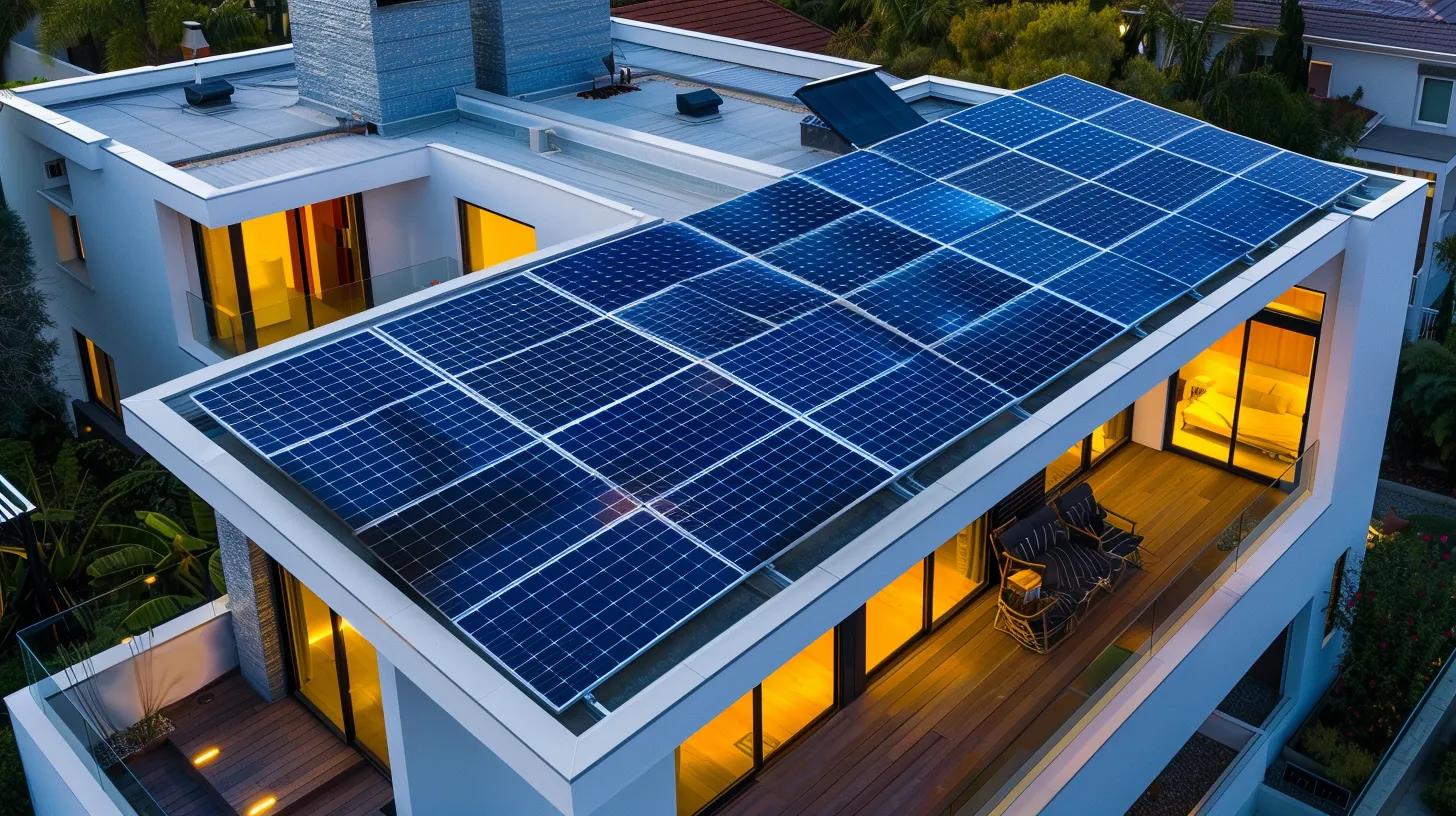Energy-Efficient Upgrades for Sustainable Living in Homes

Energy-Efficient Upgrades for Transforming Priority Homes
In today’s competitive housing market, energy-efficient upgrades are essential for homeowners seeking sustainability, lower utility bills, and improved indoor comfort. Whether you are considering a home remodel utah county project or tackling more minor upgrades, by adopting green building practices, you can boost property value, reduce energy consumption, and lower your environmental impact. This article outlines key strategies for home upgrades—from insulation improvements and high-efficiency HVAC systems to energy-efficient windows, smart technology, sustainable roofing, and solar panels.
Consider Insulation Improvement for Energy Savings
Improving insulation is one of the most effective methods to reduce energy loss. Enhanced insulation minimizes heat transfer, stabilizing indoor temperatures and reducing the need for extra heating or cooling. Homeowners can achieve both energy savings and environmental benefits by sealing air leaks and using materials such as spray foam, fiberglass, or cellulose. Regular energy audits can reveal poorly insulated areas like attics, walls, and crawl spaces. Though insulation upgrades may require an upfront investment, they typically pay off over time through reduced utility costs and improved home comfort.
Evaluate Types of Insulation for Your Home
Different insulation materials offer varying benefits. Fiberglass is affordable and common, while spray foam provides superior air sealing and moisture resistance. Cellulose, made from recycled paper, is an eco-friendly choice. Each option is rated by its R-value, which measures resistance against heat flow. Comparing these options based on your local climate, budget, and environmental impact will help you select the most effective insulation for your home.
Identify Areas Needing Enhanced Insulation
Attics, basements, and exterior walls are typical areas of energy loss, and outdated windows and doors can worsen the problem. Simple tests or professional audits help pinpoint areas requiring improvement. Sealing gaps around pipes, chimneys, and outlets prevents moisture buildup and protects both structural integrity and indoor air quality.
Calculate Potential Energy Savings From Insulation Upgrades
Accurately quantifying energy savings is crucial. Using energy modeling software or online calculators, homeowners can estimate the return on investment for insulation improvements. Common estimates suggest that upgraded insulation can reduce heating and cooling costs by 20–30%, making it easier to justify the expense and secure any available rebates.
Upgrade to High-Efficiency Heating and Cooling Systems

Modern HVAC systems offer superior comfort and consume less energy. Upgrading to high-efficiency units can lower utility bills and reduce greenhouse gas emissions. Enhanced systems incorporate features like variable speed motors, smart thermostats, and zoned controls, which adjust to real-time conditions for optimal performance and improved indoor air quality.
Research Energy-Efficient HVAC Options
Several advanced HVAC options are available, including central air conditioners, geothermal heat pumps, and ductless mini-split systems. When evaluating systems, consider key performance metrics such as the Seasonal Energy Efficiency Ratio (SEER) and the coefficient of performance (COP). Reviewing manufacturer specifications and independent test results can help you choose an HVAC unit that fits your home’s requirements and regional climate.
Compare Installation Costs of Modern HVAC Units
While high-efficiency HVAC units may have higher initial costs, they offer long-term energy savings. Installation expenses vary with system type and home layout, but many regions provide state or federal incentives to reduce upfront costs. Requesting detailed quotes and evaluating the total cost of ownership over 10–20 years will help you understand the investment’s true value.
Schedule Regular Maintenance for System Longevity
Long-lasting HVAC performance relies on regular maintenance. Routine servicing—such as filter changes, duct cleaning, and system inspections—prevents breakdowns and ensures optimal energy efficiency. Establishing a service agreement with a reputable provider can help maintain consistent savings and protect indoor air quality.
Install Energy-Efficient Windows and Doors
Energy-efficient windows and doors reduce heat loss and gain, creating a more stable indoor climate. Upgrading these elements not only lowers heating and cooling costs but can also enhance your home’s appearance and resale value.
Select the Right Window Materials for Efficiency
Windows equipped with low-emissivity (Low-E) glass significantly boost thermal performance. Double or triple-pane windows provide better insulation than single-pane options, and durable materials like fiberglass or vinyl offer advantages over traditional wood frames. Evaluating window performance ratings can help maximize energy savings.
Assess the Benefits of Storm Doors and Windows
Storm doors and windows provide a secondary barrier against extreme weather and air infiltration, reducing the impact of wind, rain, and temperature fluctuations. These installations can improve energy retention while also reducing noise and enhancing security.
Understand Window Ratings and Their Effects on Energy Use
Key metrics such as the U-factor and Solar Heat Gain Coefficient (SHGC) measure window efficiency. Lower values in these ratings indicate better insulation properties and less solar heat gain, respectively, both of which help reduce energy consumption during extreme temperatures.
Implement Smart Home Technology for Efficiency

Smart home technology offers an integrated solution for managing energy consumption. Devices such as smart thermostats, automated lighting, and connected HVAC systems adjust settings in real time based on occupancy patterns and environmental conditions, reducing unnecessary energy use.
Identify Smart Devices to Monitor Energy Usage
Smart meters and energy monitors provide detailed information about appliance consumption, highlighting inefficiencies. This real-time data allows homeowners to adjust usage and achieve better energy control, making conservation more accessible.
Learn How Automation Can Optimize Energy Consumption
Automation systems, including smart thermostats and lighting, operate based on pre-set conditions or sensor data. These systems help trim energy waste by activating only when necessary, potentially reducing utility costs by up to 15%.
Create a Smart Home Energy Management Plan
Develop an energy management plan by reviewing your current energy use and establishing clear efficiency goals. Integrate smart devices into a centralized platform, and review system performance periodically to adjust settings and maximize energy savings.
Choose Sustainable Roofing Materials for Long-Term Savings
The roof is a critical part of a home’s energy envelope. Sustainable roofing materials can reflect solar heat, provide better insulation, and reduce overall energy usage. Selecting the right roofing option contributes to both energy savings and a lower environmental footprint.
Compare Different Renewable Roofing Options
Homeowners can choose from metal roofs, clay or concrete tiles, or cool roofing materials. Metal roofs are recognized for their high reflectivity and durability, while cool roofs are designed to absorb less heat. Comparing the lifecycle costs and durability of these materials will help you find the right balance of performance and cost.
Assess Lifespan and Maintenance of Various Roofing Types
Roofing materials vary significantly in lifespan and maintenance needs. Metal roofs, for instance, may last over 50 years with minimal maintenance, whereas traditional roofs might require periodic repairs. Understanding these factors is essential for a cost-effective long-term solution.
Understand the Impact of Roof Color on Energy Efficiency
Roof color influences thermal performance—light-colored roofs reflect more solar energy, reducing cooling loads, while dark roofs may absorb more heat. Choosing an appropriate roof color based on local climate conditions can lead to noticeable energy savings.
Invest in Renewable Energy Sources Like Solar Panels

Solar panels are a transformative renewable energy source capable of cutting reliance on fossil fuels. Solar systems convert sunlight into electricity, yielding substantial savings and a lower carbon footprint while taking advantage of various financial incentives.
Evaluate the Costs vs. Benefits of Solar Installation
Solar photovoltaic systems usually offer a return on investment within 7–10 years, with lifetime savings often exceeding the initial costs. Evaluating local electricity rates, solar irradiance, and available rebates can help determine if solar panels are a cost-effective upgrade.
Research Available Incentives for Solar Energy Adoption
Numerous federal, state, and local incentives can reduce the cost of solar installations by 30–40%. Research available programs and consult with certified providers to take full advantage of these financial benefits.
Monitor Performance and Savings From Solar Energy Use
Continuous monitoring of a solar system’s performance helps identify output discrepancies and plan maintenance. Detailed performance reports can confirm savings and validate the initial investment in renewable energy.
Table: Comparison of Key Energy-Efficient Upgrades
Frequently Asked Questions
Q: How does improved insulation reduce energy costs? A: Enhanced insulation minimizes heat loss, reducing the loads on heating and cooling systems, which can lower energy bills by up to 30%.
Q: What are the benefits of upgrading to a high-efficiency HVAC system? A: Modern systems improve indoor comfort, reduce energy consumption by 15–25%, and emit fewer greenhouse gases.
Q: Why should homeowners invest in energy-efficient windows and doors? A: They reduce thermal bridging and air leakage, which lowers energy use and enhances overall indoor comfort.
Q: How can renewable roofing materials contribute to energy savings? A: Such materials reflect solar heat and reduce cooling loads, while extending roof lifespan leads to long-term cost savings.
Q: What long-term benefits do solar panels offer? A: Solar panels decrease electricity bills, provide a reliable return on investment, and lower reliance on fossil fuels.
Final Thoughts
Energy-efficient upgrades transform homes into sustainable, high-performance living spaces that lower energy bills and boost property value. Focusing on improved insulation, high-efficiency HVAC systems, advanced windows and doors, smart automation, sustainable roofing, and solar panels enables significant long-term savings and environmental benefits. These investments align with modern trends in green building and energy independence—ideal for homeowners seeking to reduce their carbon footprint while enhancing comfort.

